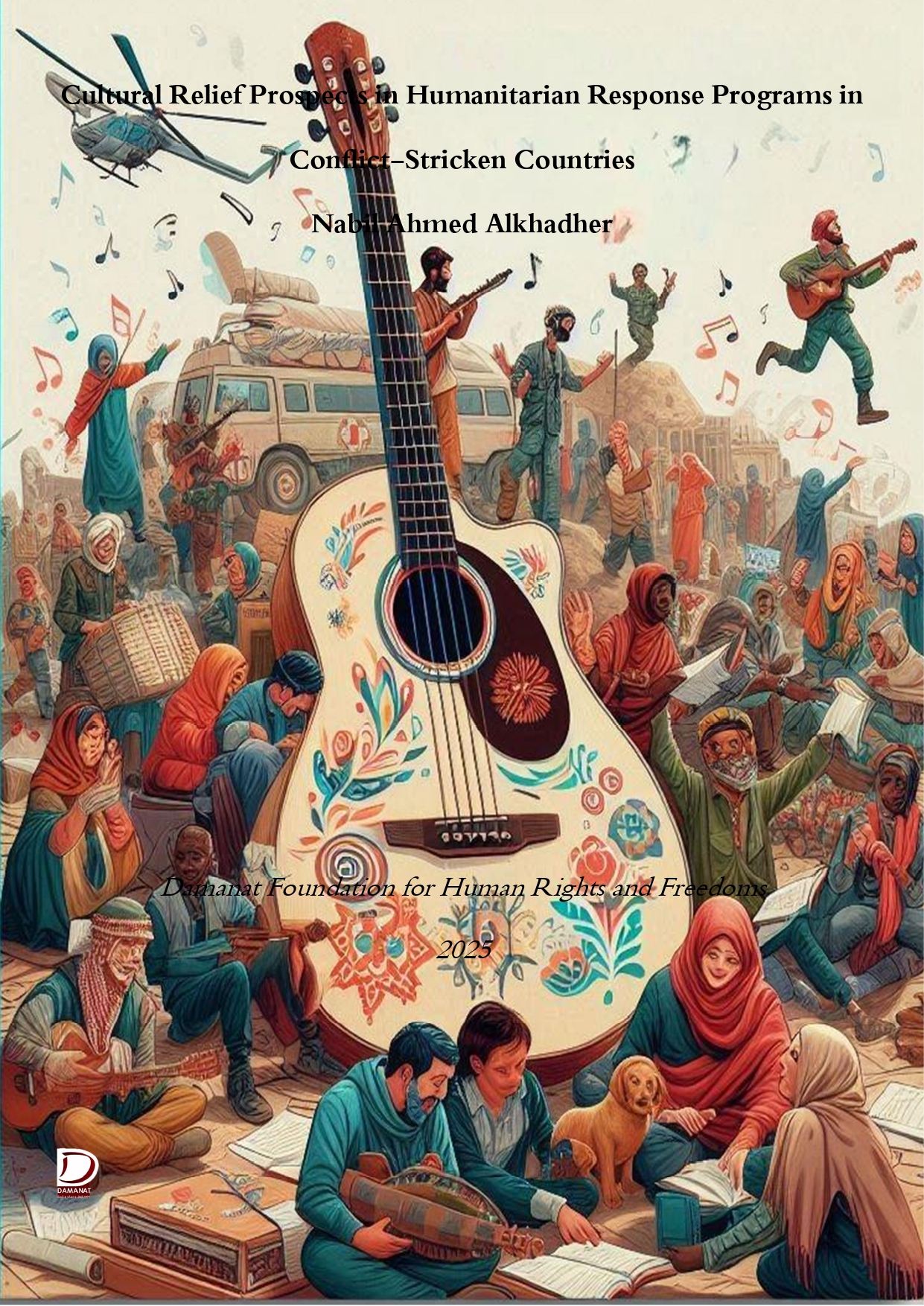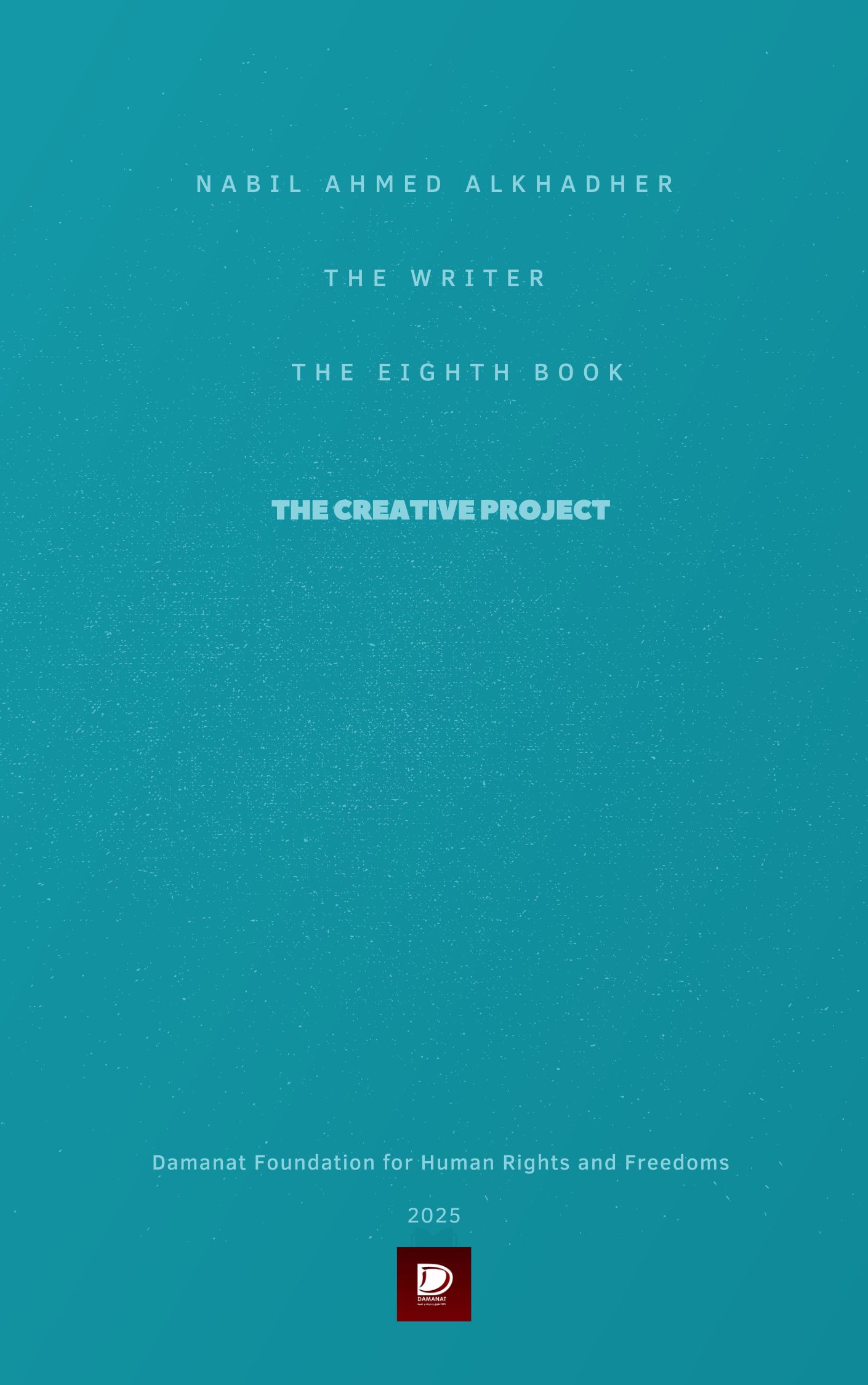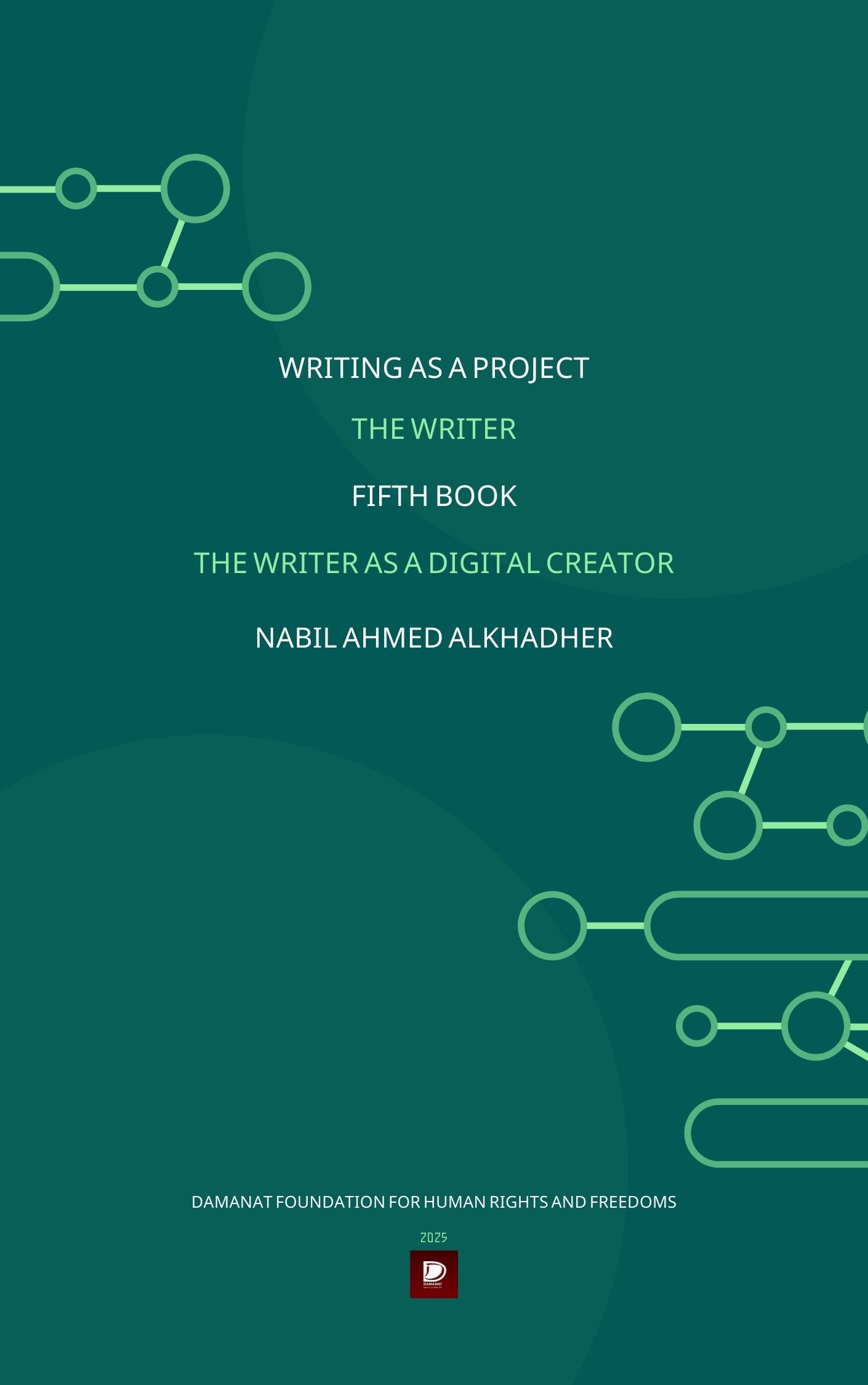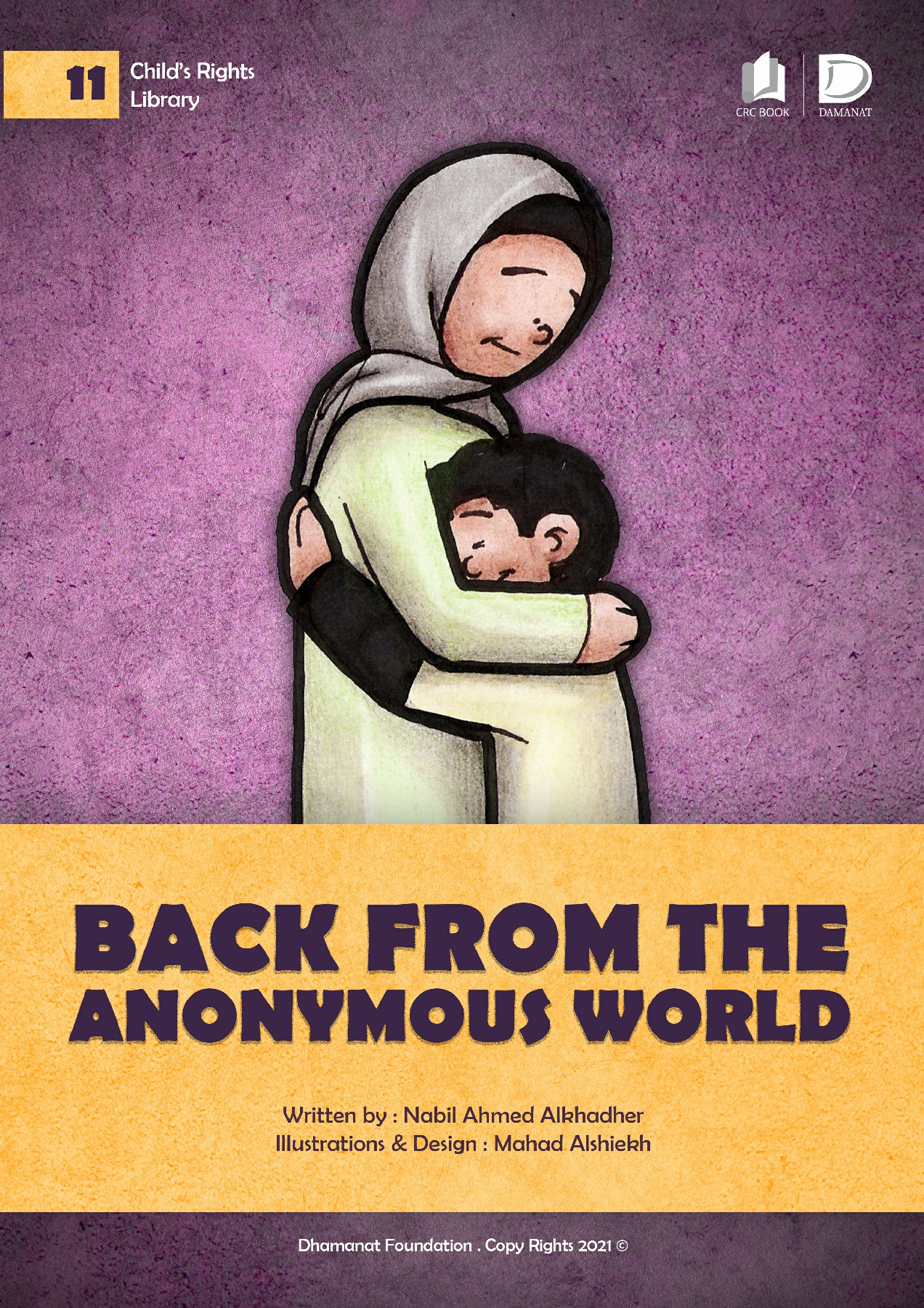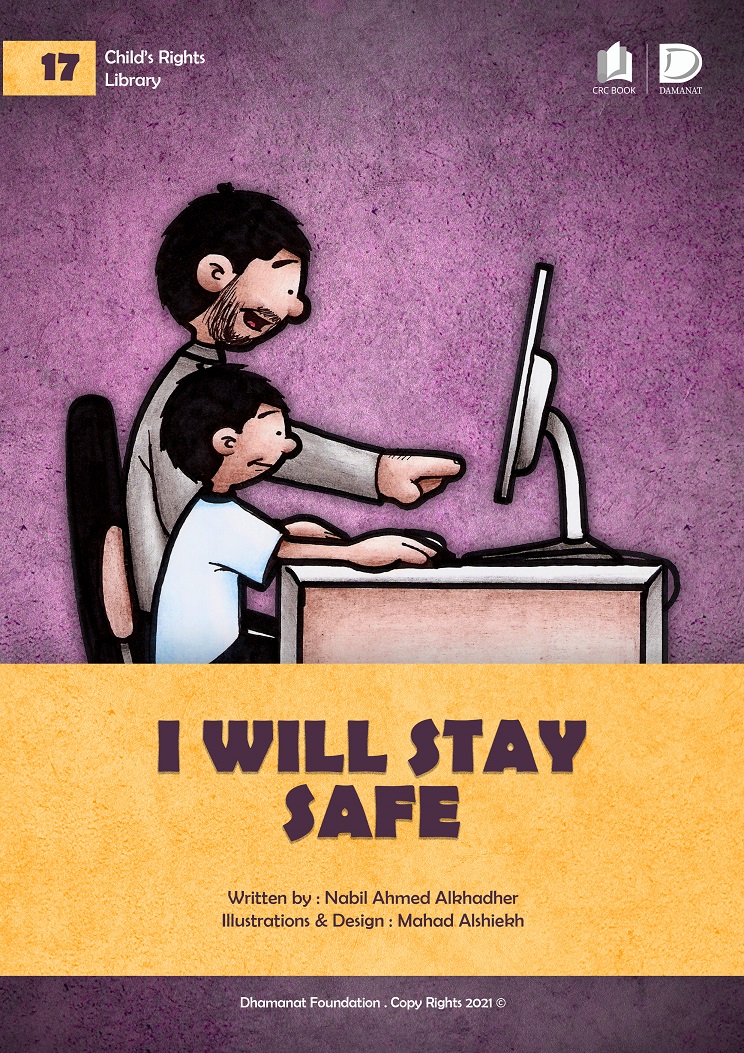Tue,Dec 23 ,2025
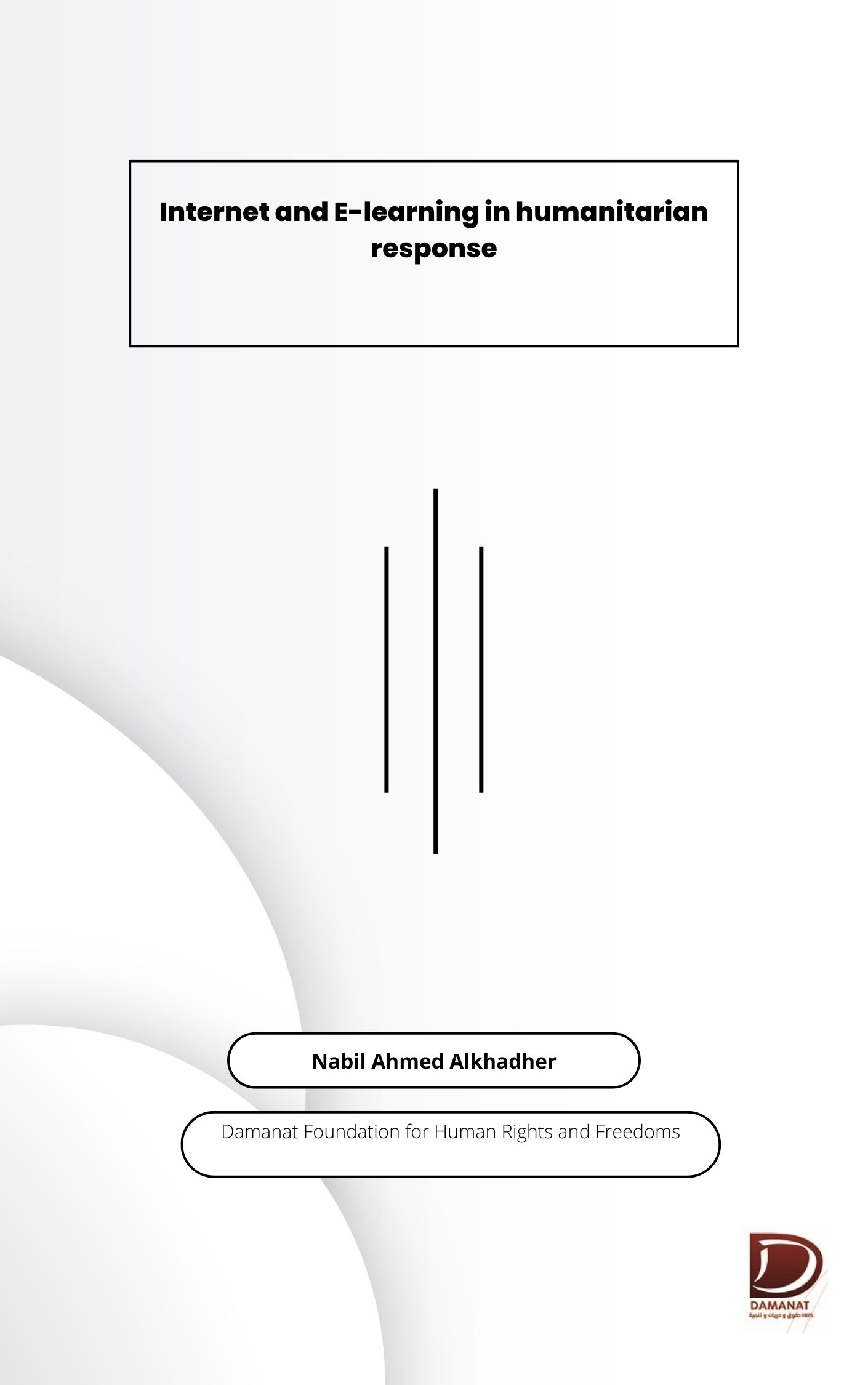
In our contemporary world of rapid technological developments, the Internet has become an indispensable tool in various fields, including the field of humanitarian response. The book "The Internet and E-Learning in the Field of Humanitarian Response" highlights the pivotal role played by the Internet and e-learning in providing humanitarian aid and meeting the needs of communities affected by crises and disasters.
The book is published as part of the Digital Rights series, a series of books published by the Damanat Foundation for Human Rights and Freedoms.
The book contains:
- The role of the Internet in humanitarian response: The book reviews how the Internet has become an essential tool in coordination and communication between humanitarian organizations, exchanging information, collecting donations, and assessing needs in affected areas. It also explains how the Internet can be used to raise awareness of risks and disasters, and provide vital information to survivors.
- E-learning in the humanitarian field: The book focuses on the importance of e-learning in providing psychological and social support to survivors, providing opportunities for continuous learning, and building capacity for local communities. It also reviews the various tools and platforms that can be used to provide e-learning in affected areas.
- Challenges and Opportunities: The book discusses the challenges facing the use of the Internet and e-learning in the humanitarian field, such as lack of access to the Internet in remote areas, lack of digital skills, and high costs. It also highlights opportunities for developing this field, such as taking advantage of modern technologies such as artificial intelligence and machine learning.
The importance of the book stems from:
- Expanding the horizons of humanitarian response: The book provides a new and comprehensive vision of the role of technology in the field of humanitarian response, and encourages the adoption of innovative and effective solutions.
- Empowering humanitarian workers: It provides humanitarian workers with the knowledge and skills necessary to benefit from the Internet and e-learning in their work.
- Supporting affected communities: The book helps understand how e-learning can contribute to building more resilient societies capable of recovering from crises.
This book is directed to:
- Humanitarian workers: relief organizations, United Nations cadres, and volunteers.
- Development researchers: interested in the role of technology in sustainable development.
- Decision-makers: in governments and international organizations.
• Students and researchers: interested in studying the field of humanitarian response.
In conclusion:
In general, the book focuses on providers of remote training services and their types, whether they are open or dedicated to members or semi-open to members of the organization and guests, what training courses are available in them, who do they serve from humanitarian workers, whether they are free or not, what is their geographical scope, local, regional or global, are there universities that have humanitarian training courses, what are the sites that provide humanitarian training on the Internet commercially, and identifying the role of training courses that are not related to humanitarian work in the field of humanitarian work itself, and what are the most important websites that do not provide training services but are considered important in referring those wishing to learn to the most important global training sites, and on the other hand, are there phone applications that provide capacity building for workers in the humanitarian field, their importance and where they are located, and how they can be used, and the same thing about electronic games and the extent to which some of them provide training in humanitarian work through simulation and the importance of this in building the capacities of humanitarian workers in countries experiencing conflict, and in the following lines the types of training sites that provide capacity building for workers in the humanitarian field via the Internet.
The book is 238 pages long and you can download the book, which contains thousands of titles for most of these training platforms, by clicking on the book image next to it.
